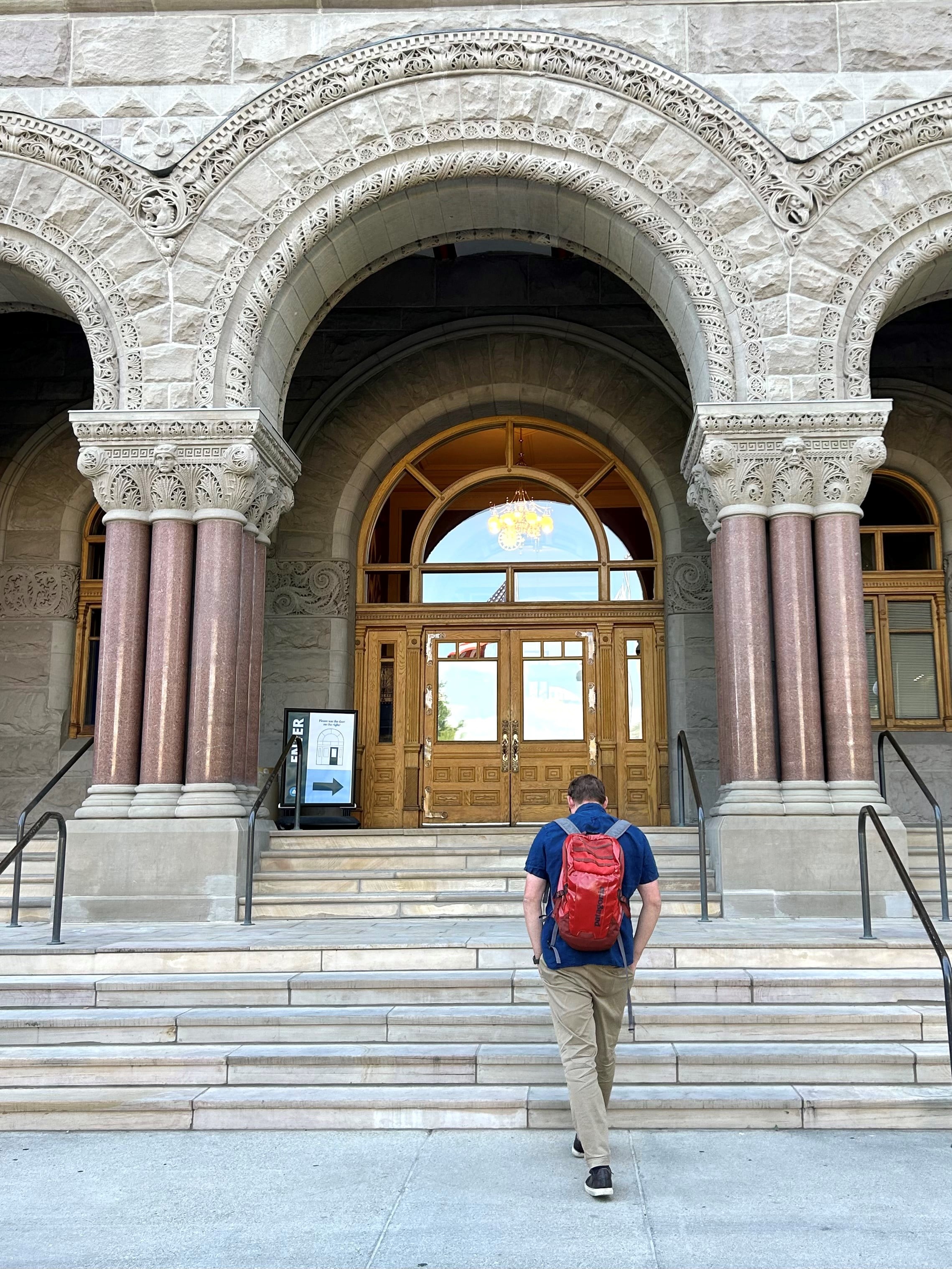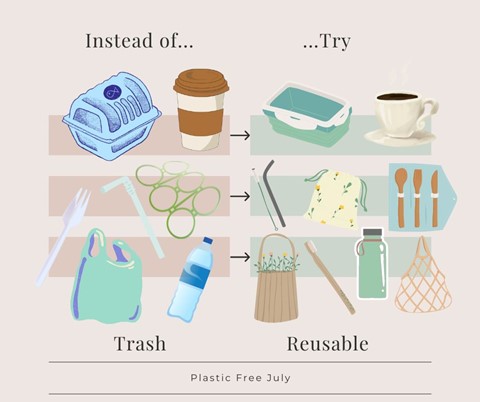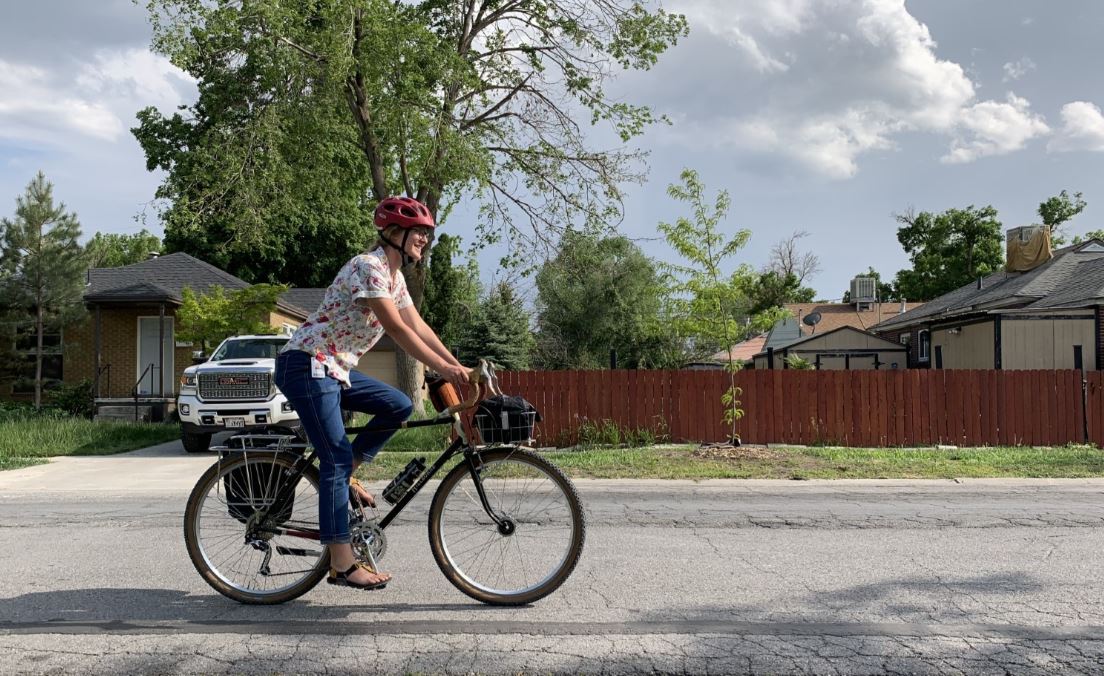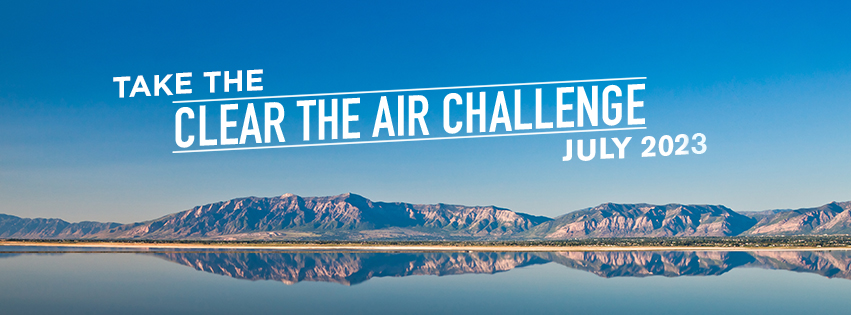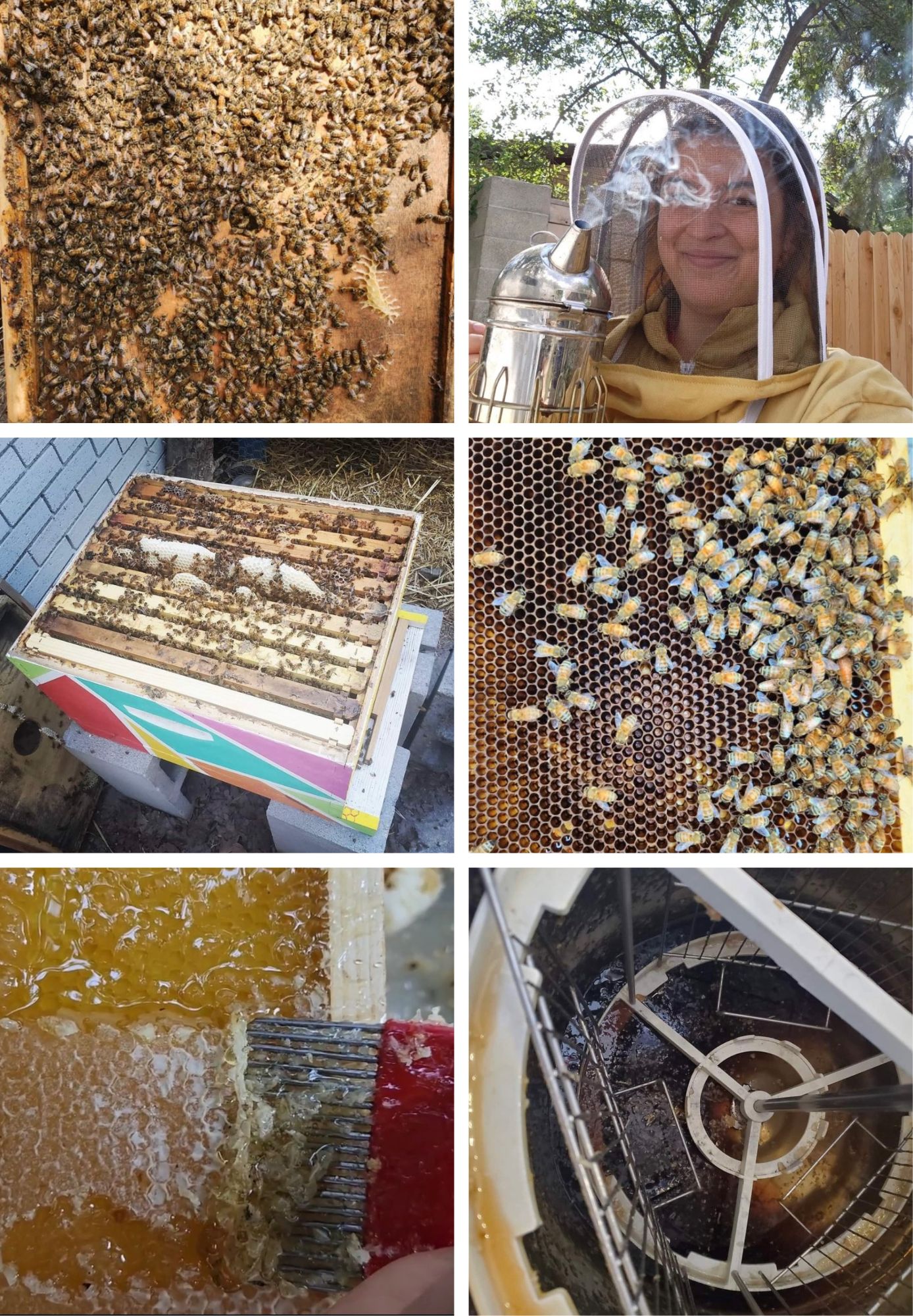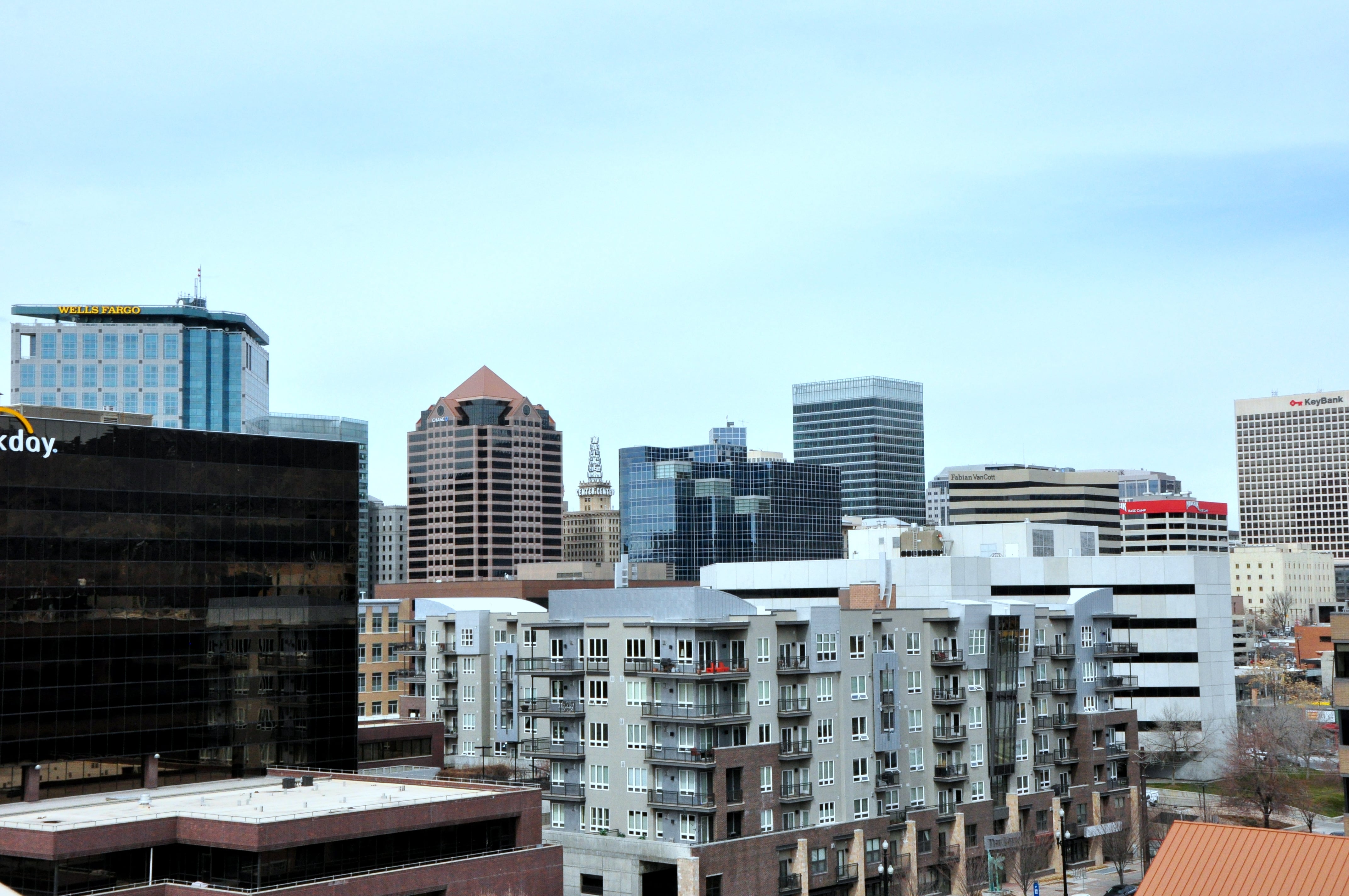In October 2022, Salt Lake City joined the 4 Corners Carbon Coalition to support projects that will advance large scale carbon dioxide removal efforts and fight the climate crisis. A few months later, the Coalition reviewed and made selections among a competitive pool of projects. We’re excited to announce that $389k in funding was granted to four concrete production projects that will remove carbon from the atmosphere.
The projects are located in Colorado and Arizona, but we hope to encourage more innovation in this space here in Salt Lake City!
Why carbon dioxide removal as a strategy municipalities should suport?
We know that energy intensive industrial operations are a major culprit of carbon dioxide pollution and climate change. It may come to a surprise, however, that the cement industry alone is responsible for nearly 7% of the world’s emissions, and the global demand for concrete is expected to increase for decades to come, according to the The United Nations Economic Commission for Europe (UNECE), making this an important sector to decarbonize.
Thankfully, the 4 Corners Carbon Coalition was able to grant funding to four projects that are exploring innovative ways to create concrete while actually removing carbon dioxide from the atmosphere. There is huge potential for these types of projects to go large scale and be replicated around the globe.
To learn more about the 4 Corners Carbon Coalition and the funded projects, check out the press release below and this TechChrunch feature.
PRESS RELEASE
March 7, 2023
Innovation grants awarded to four concrete production projects that will suck carbon from the atmosphere
Coalition of local governments aims to spur carbon dioxide removal efforts, fight climate crisis through this funding
A coalition of cities and counties in the Western United States has awarded $389k in funding to four projects that fight climate change by removing carbon dioxide from the atmosphere through the production of concrete. The 4 Corners Carbon Coalition — a partnership of Boulder County, CO, Flagstaff, AZ, Salt Lake City, UT, and Santa Fe, NM — pools resources to provide grants to accelerate carbon dioxide removal (CDR) project deployment and business development in the Four Corners region.
Through a competitive application process, the coalition received nearly $800k in funding requests before selecting four organizations for grants: CarbonBuilt, Citizens for Clean Energy Inc., Minus Materials, and Travertine Technologies. Recipients of the coalition’s inaugural round of catalytic grant funding will support projects that integrate CDR with real-world concrete production.
During the selection process, a panel of international experts in climate research, CDR technology, and concrete and construction materials reviewed proposals. The panel evaluated local replicability, potential for scaling, carbon removal volume, and benefits to workforce, justice, health, and ecology.
“The 4 Corners Carbon Coalition is a shining example of how local governments are acting together to fight the climate crisis,” said Susie Strife, Director of Boulder County’s Office of Sustainability, Climate Action & Resilience. “Pooling resources can amplify innovation and the creative deployment of the integration of carbon removal and concrete. These awardees will turn their breakthroughs into real world projects right here in the Western United States and we are thrilled to provide seed funding to catalyze this work.”
“We couldn’t be happier with the quality of the applications received,” said Nicole Antonopoulos, Director of the City of Flagstaff Sustainability Office. “It was just over three years ago that our community, like hundreds of others around the nation and the globe, called for the formal declaration of a Climate Emergency and outlined the goal of carbon neutrality. In doing so, the Flagstaff community also made it clear that avoidance-based offsets would not satisfy. As such, we’ve worked to establish partnerships to begin to develop a portfolio of regional projects that support the development and deployment of meaningful carbon removal. These projects do just that, and this outcome would not have been possible without Boulder County, Flagstaff, Salt Lake City and Santa Fe all working together as partners.”
CDR describes processes that pull carbon dioxide out of the atmosphere and lock it away in geological, biological, and synthetic formations for decades, centuries, or even millennia. Carbon dioxide removal is necessary because carbon dioxide reduction alone will not address the climate crisis. According to the United Nations Intergovernmental Panel on Climate Change (IPCC), cutting emissions from fossil fuels is necessary, but it’s no longer sufficient to stem the worst effects of climate change.
Concrete production is responsible for more than 7% of the world’s emissions and is the second-most consumed product globally after potable water. The concrete industry is highly distributed due to the nature of the product. Solutions that integrate CDR into concrete production have huge potential to scale and be replicated in local communities around the globe.
Selected projects:
Continue reading →


